The students embarked on their first research tour of the ELCIR trip as they stopped by the Yucatan Science & Technology Park (PCTY; Parque Cientifico Technológico de Yucatán) to tour different research facilities.
According to the PCTY website, “the park is a platform for institutional integration and the materialization of both science and technological innovation under the System of Research, Innovation and Technological Development of the State of Yucatan (SIIDETEY)”*
The development of the park began towards the end of 2008 with the “objective to establish a strategically located space to promote the integration of academia, government, and private companies, as well as contribute to the formation of human capital in strategic areas and stimulate sustainable development by taking advantage of scientific knowledge and technological development.”
When they arrived at the park, the students were first led to the main entrance of the research park to an area with a model of the park. The model showed all the buildings within the park and a staff member from PCTY explained more about the park development plans to the students. Prior to the first lab tour the students had an introduction and explanation of the complete two-week itinerary from the ELCIR Leadership and representatives from the Universidad Politecnica de Yucatán (UPY) and the Universidad Marista de Merida.
The tour started off with a touch of hot and spicy, and that’s not speaking of the nearly 100 degree weather! The students toured a Habanero Chili lab and had the opportunity to listen to a researcher explain what they do with habanero chilis at the research park.
Stepping into the lab, it was quickly realized that we were in the presence of hot peppers, the spicy air filled the room. So much so that some students actually had tears in their eyes while they listed to the presenter speak of habanero peppers and seeds.
Tears aside, the students learned cool facts about Habaneros; for $1000USD one can purchase 1 kilogram of Habanero seeds. To produce one kilo of seeds, which is about 200,000 seeds in total, it takes nearly 100 kilos of peppers, each pepper houses roughly 20 seeds. So it takes about 10,000 habanero peppers to produce one single kilogram of seeds.
The next lab that the students visited was the Centro de Investigacion Cientifica de Yucatan ((1)CICY), a Mexican Science Foundation Sponsored Lab (CONACYT). The Germplasm lab, hosts 2300 different species of plants while working to preserve plants and biodiversity; which is only fitting to have this lab in the Yucatan Peninsula, where it is one of the most biodiverse regions in the world.
The third lab which the students visited was also a CICY sponsored laboratory, Technological Innovation Center, where they conduct research on biomaterials for the generation of energy and where they conduct research on the recycling of a wide spectrum of materials.
The final visit at the PCTY was to Heuristic, an industry research and development consortium on information technology, that focuses on the ‘Automation of Knowledge Work.’ This is the center for information technology at PCTY, which works to develop and collaborate technology locally, regionally and globally.
According to the Heuristic website, Heuristic’s mission is to”promote the IT sector in the Southeast region of Mexico, through the development and application of state-of-the-art technologies, through attracting high added value investments, research and innovation activities, academic development and talent, and incubation of new companies.”*
During this visit, TAMU students learned about Heuristic’s innovation projects, which integrate solutions on sensors and networks, to telecommunication and big data analytics.
After the last laboratory visit, the students were split into their two course groups, with one going to UPY and the other to Marista for their evening introductory class before their ‘Introduction to Research Course’ starts the following morning.
*Translated from Spanish
(1) CICY is “a Public Research Center of the CONACYT System focused on basic and applied research in the area of biology, materials and related disciplines.”
Find more Pictures from the PCTY Tour on our Flickr site
Article written by Anna Heller

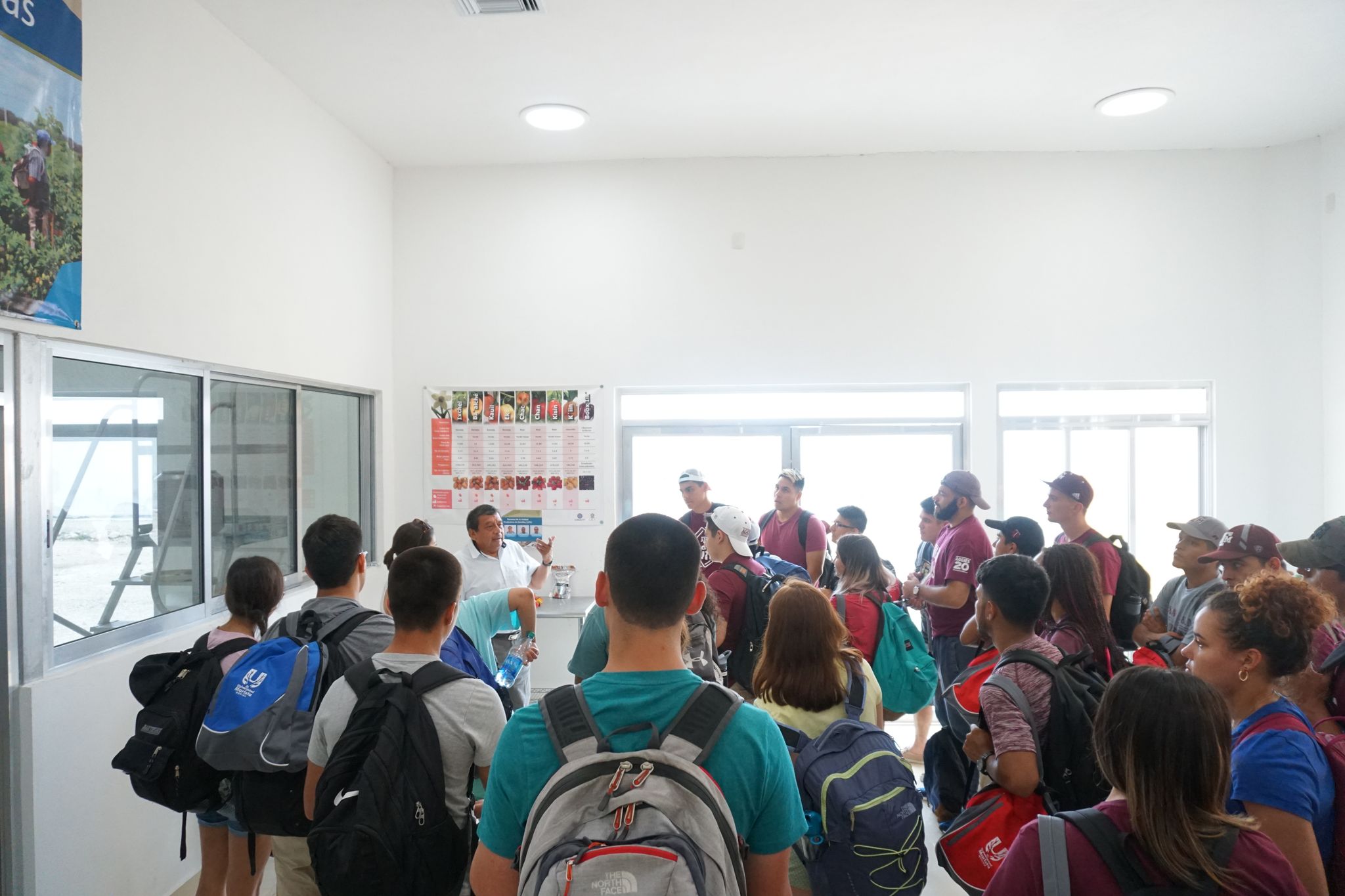
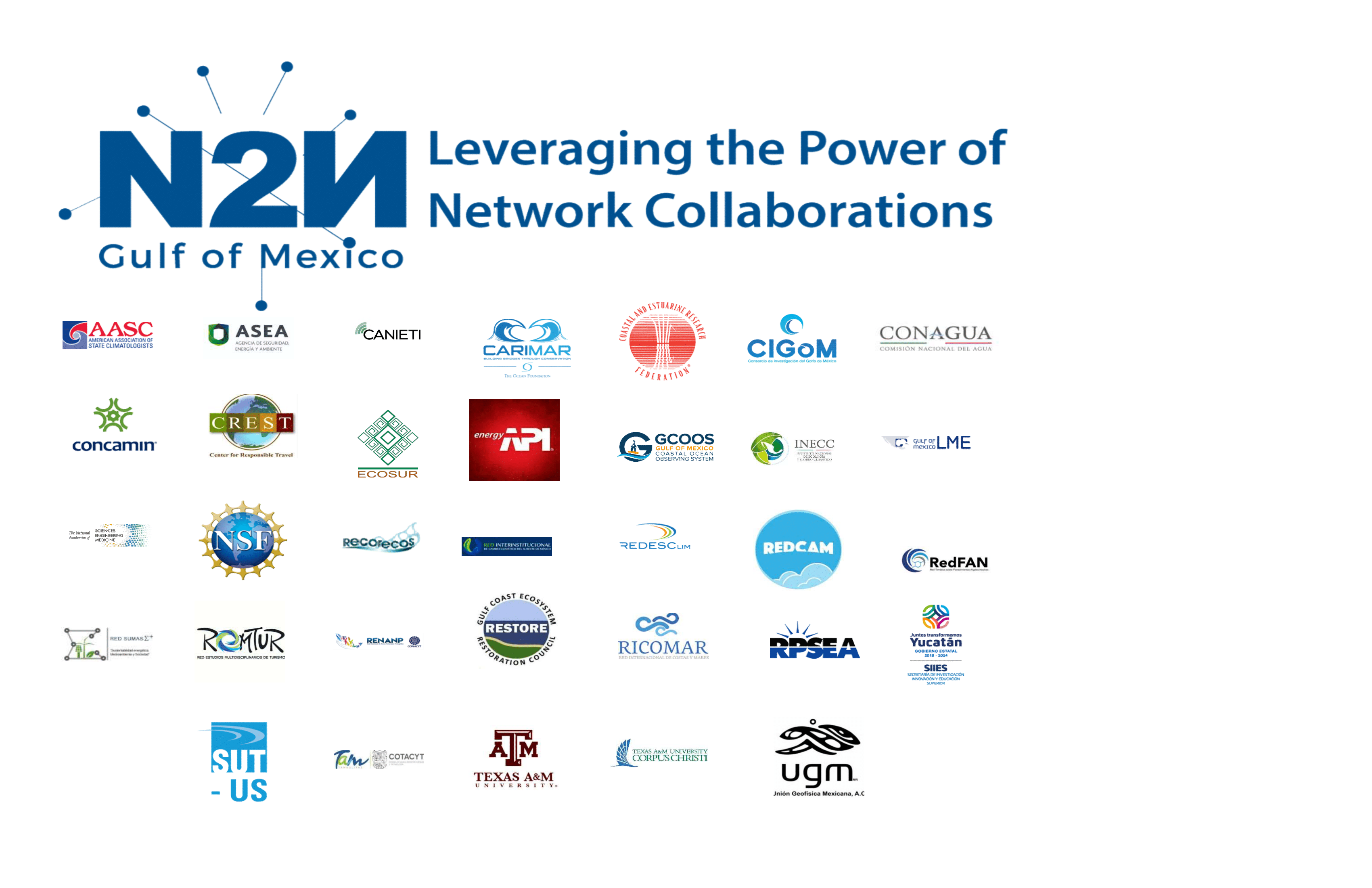
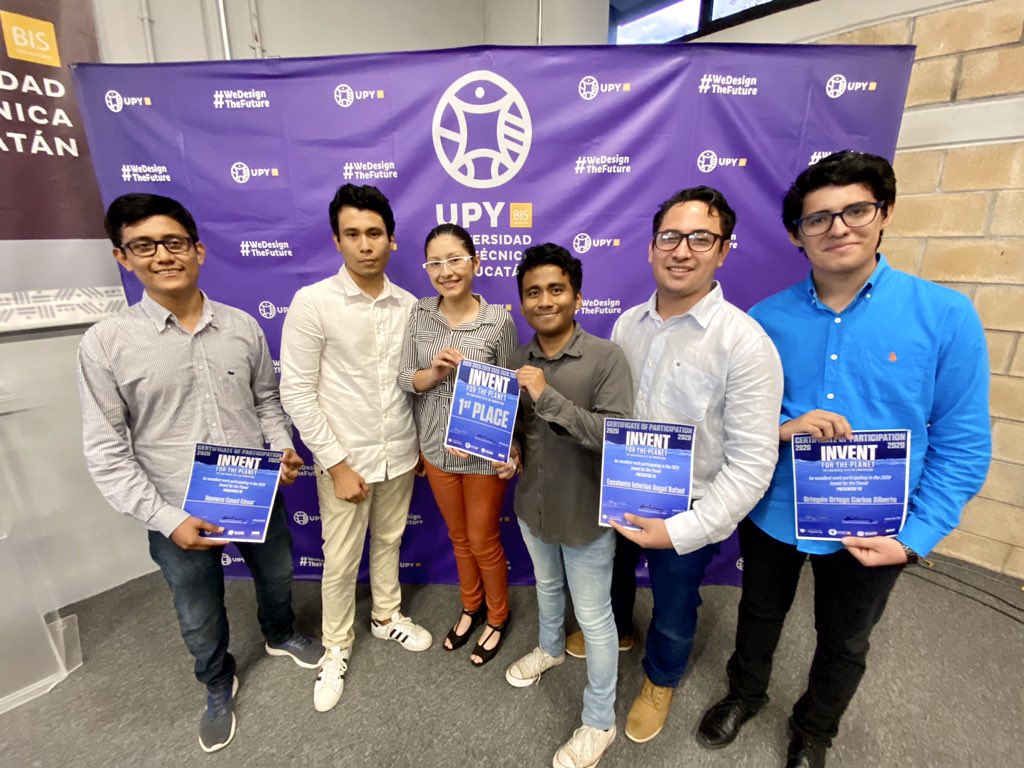
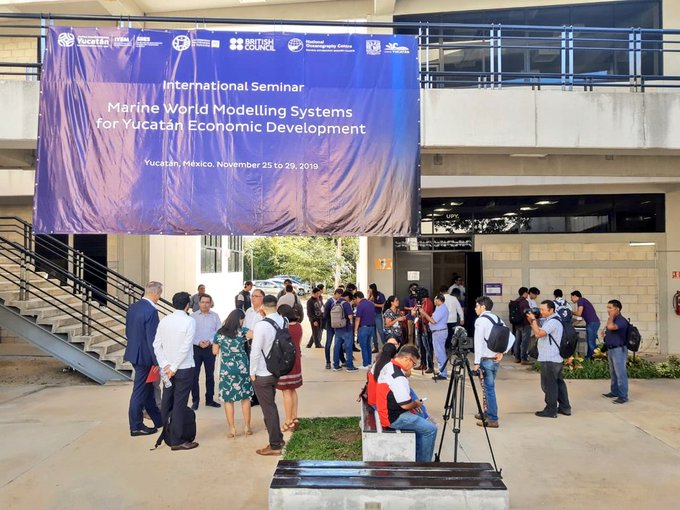
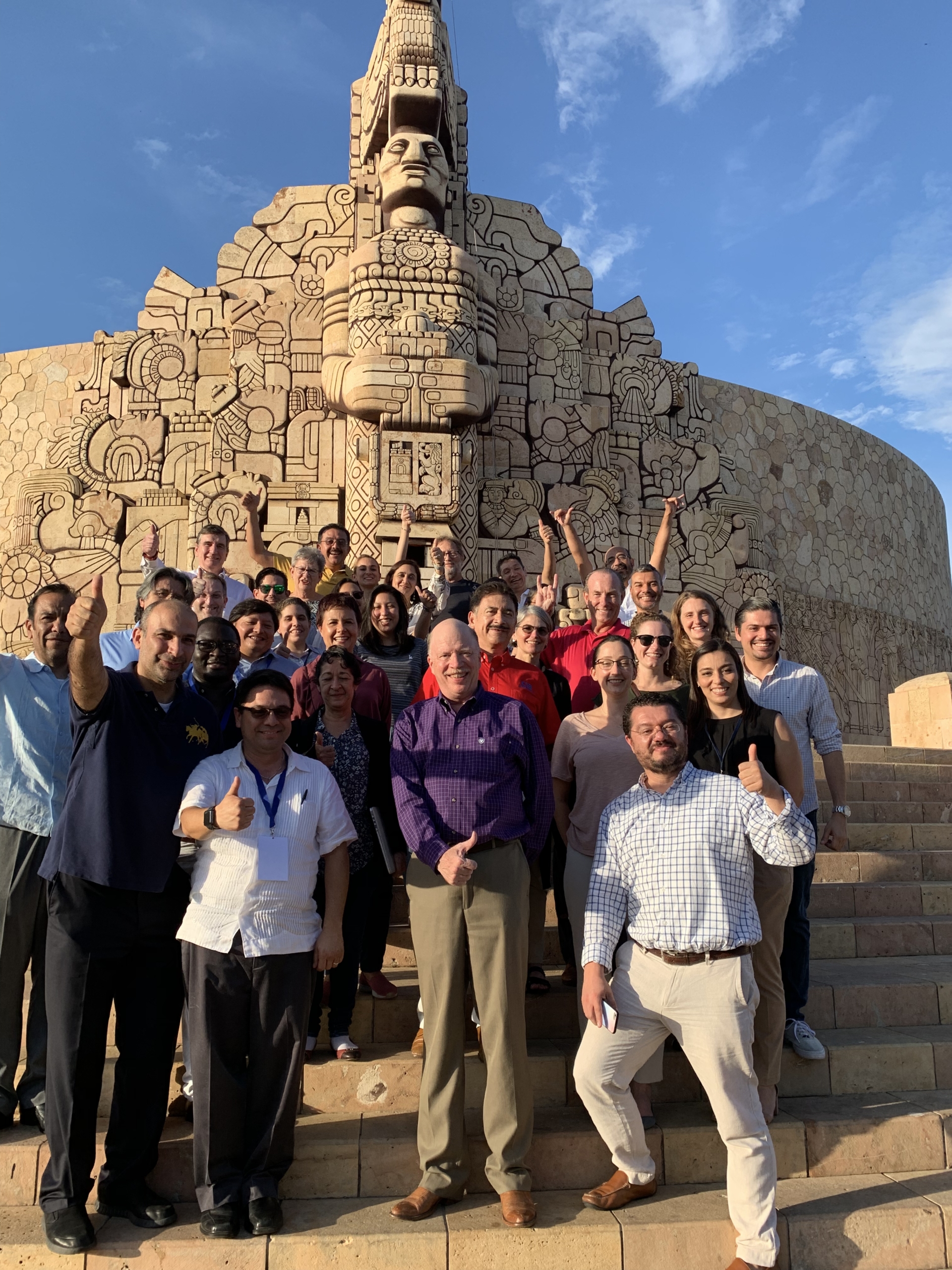
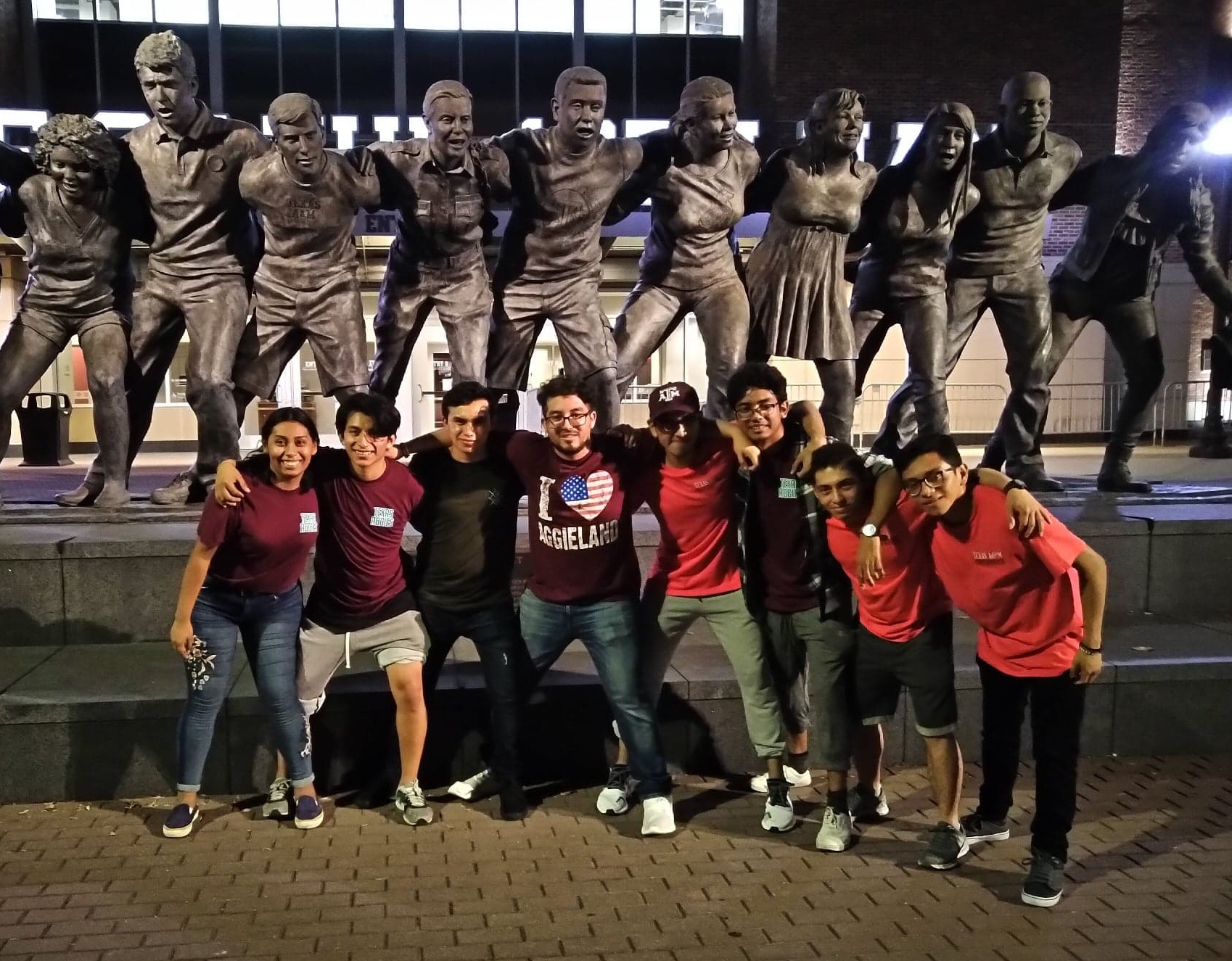
Follow Us